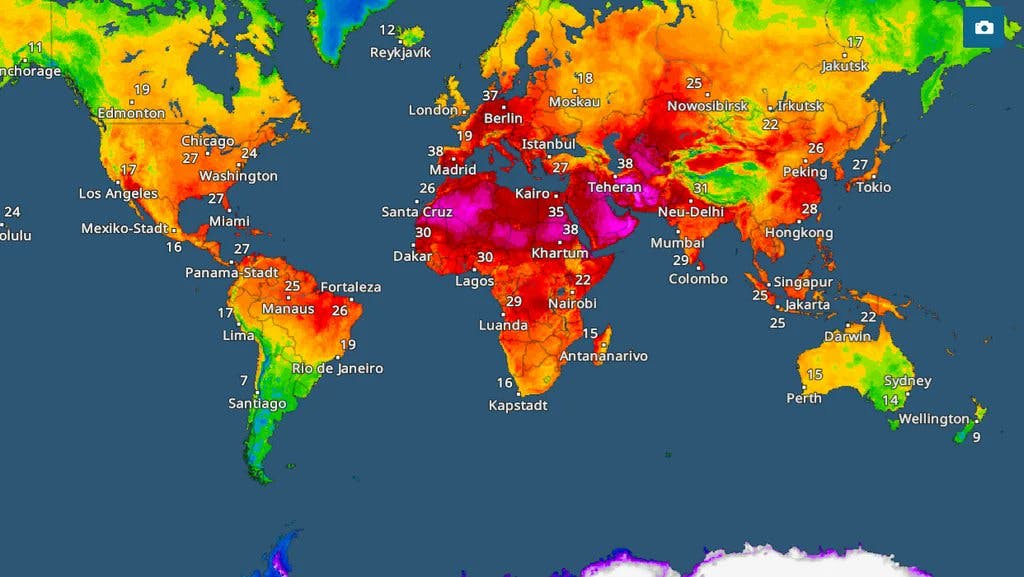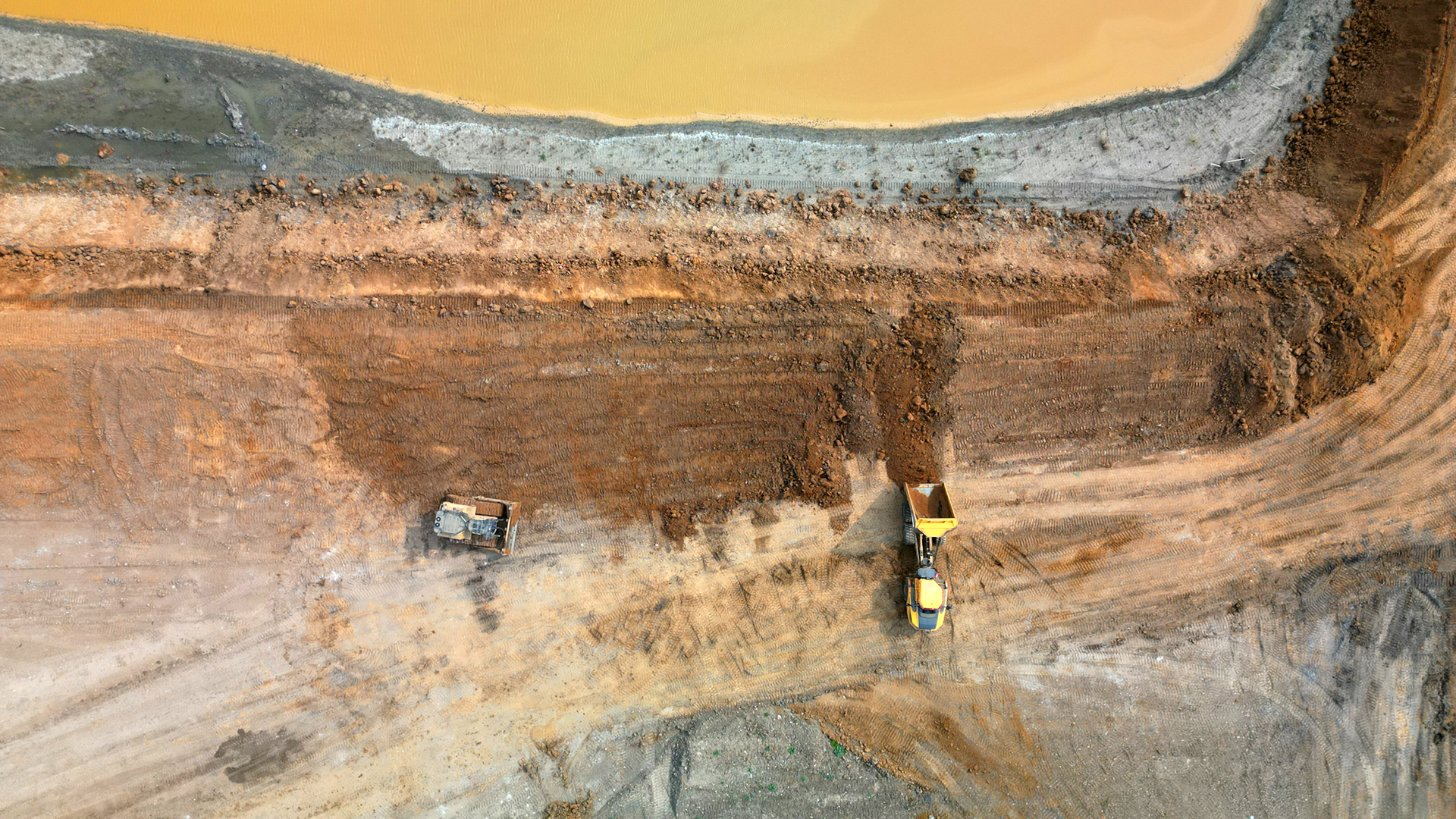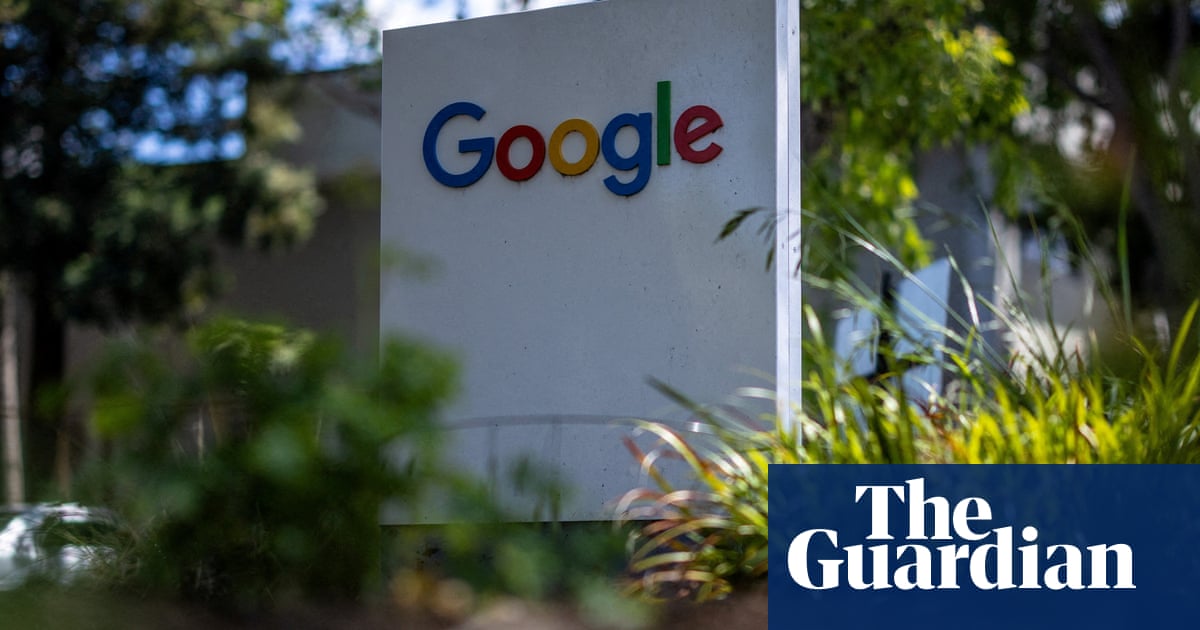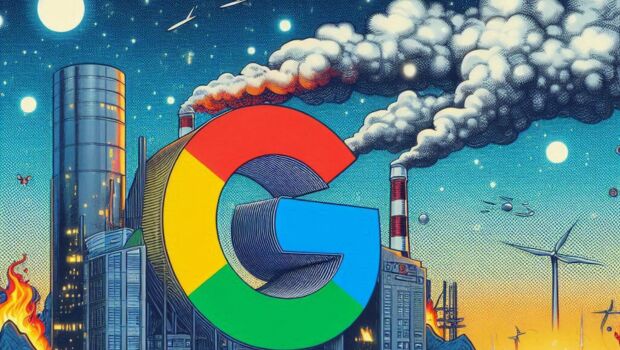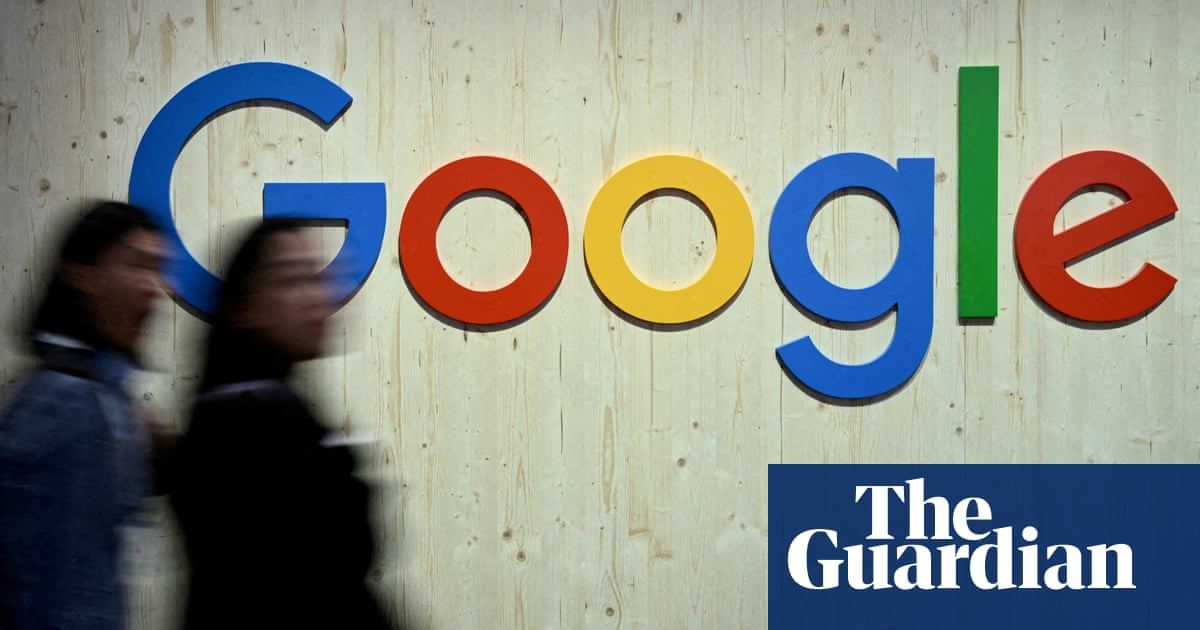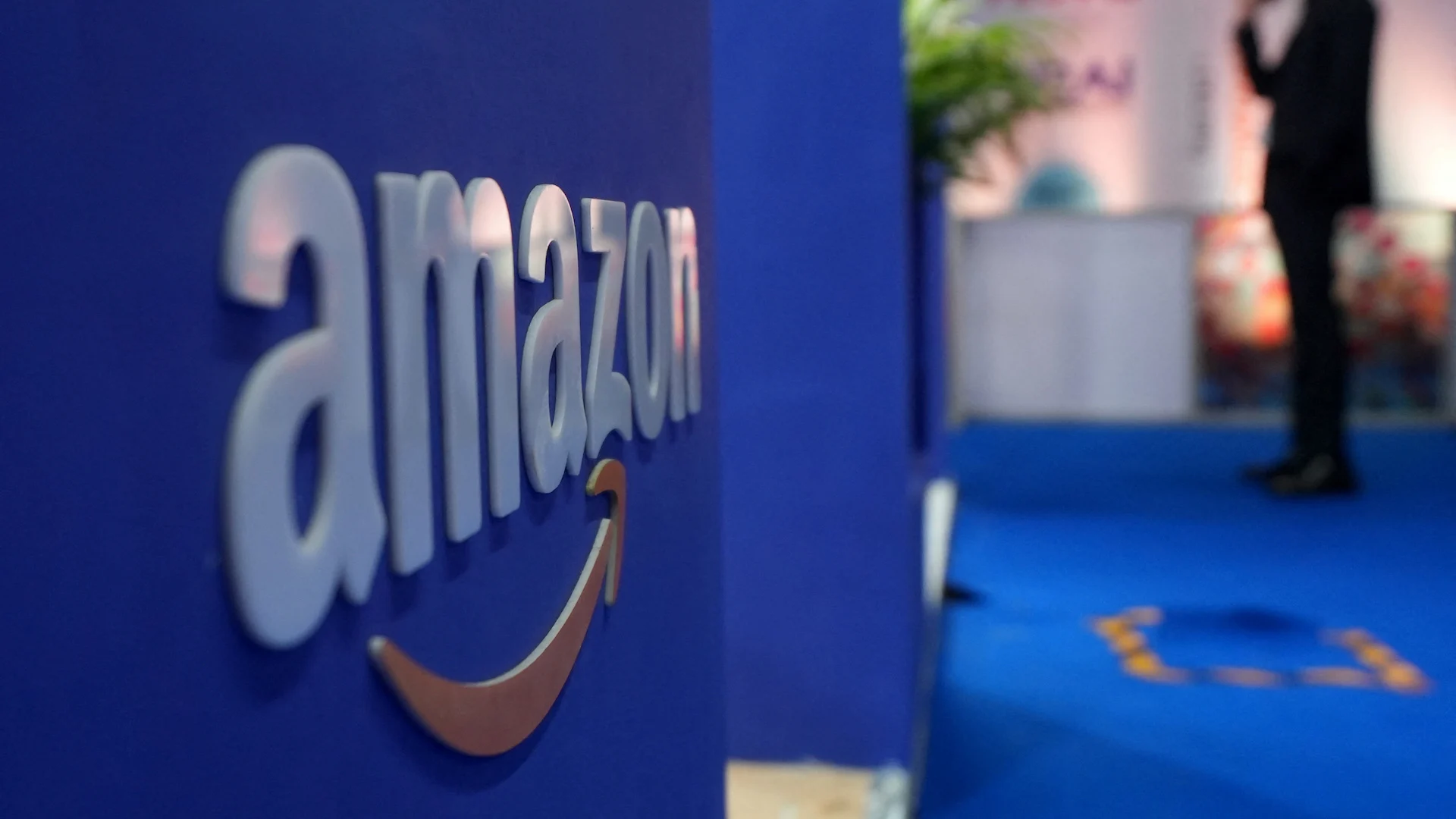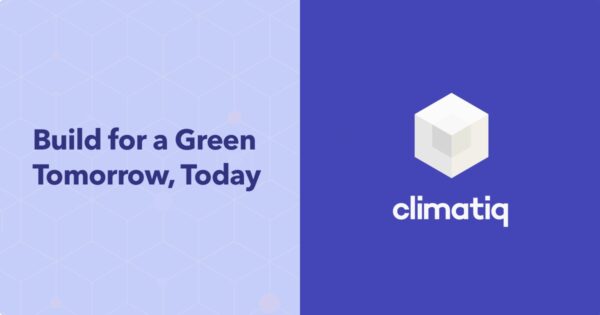#carbon-emissions
#carbon-emissions
[ follow ]
#sustainability #climate-change #environmental-impact #energy-consumption #data-centers #environmental-policy
fromwww.theguardian.com
1 week agoEconomic growth no longer linked to carbon emissions in most of the world, study finds
The once-rigid link between economic growth and carbon emissions is breaking across the vast majority of the world, according to a study released ahead of Friday's 10th anniversary of the Paris climate agreement. The analysis, which underscores the effectiveness of strong government climate policies, shows this decoupling trend has accelerated since 2015 and is becoming particularly pronounced among major emitters in the global south. Countries representing 92% of the global economy have now decoupled consumption-based carbon emissions and GDP expansion, according to the report by the Energy and Climate Intelligence Unit (ECIU).
Environment
Environment
fromEarth911
2 weeks agoClassic Podcast: Tetra Pak's Lisa Ryden Explains the Path to Carton Carbon Reduction
Carton packaging can lower environmental impacts but requires expanded recycling infrastructure, processing capacity, and supply-chain changes to meet emissions-reduction and circularity goals.
fromThe Art Newspaper - International art news and events
1 month agoArt sector could collectively cut over five million tonnes of carbon a year, report suggests
Progress is possible, the GCC Stocktake Report proves it. Across hundreds of organisations, the data shows that when the visual arts sector measures, plans and acts, emissions fall. But carbon is only part of the story. The roots of this crisis lie in broader economic, social, and cultural systems that normalise overconsumption and disconnection. Tackling them demands not only technical solutions but cultural transformation, and art has a unique and critical role to play in that shift.
Environment
fromArchDaily
1 month agoDialogue with the Code: Calibrating Standards for Adaptive Reuse to Thrive
There is growing awareness around sustainability-and the environmental cost of prematurely demolishing safe, structurally sound buildings only to replace them with new construction. In the broader race to reduce carbon emissions, corporations and institutions are placing greater emphasis on ESG performance (environmental impact, social responsibility, and governance). Many now require carbon accounting, set " carbon-neutral" targets, or purchase carbon credits to offset footprints.
Renovation
fromwww.archdaily.com
1 month agoMycelial Hut / Yong Ju Lee Architecture
The architecture and construction sector currently accounts for the highest carbon emissions among all global industries. Architecture, which has evolved alongside humanity for over 10,000 years, entered the 20th century prioritizing efficiency and economy above all else, adopting concrete and steel as its near-exclusive materials. This pursuit of industrial optimization, while enabling rapid development, also detached architecture from its ecological roots and intensified the environmental burden of the built environment.
Environment
fromTruthout
2 months agoIf You're Thinking of Snagging an Amazon Prime Day Deal, Stop and Read This First
Each year, Amazon hosts the world's largest ecommerce events, pairing discounts with same-day delivery. During its July 2025 Prime Day event, Amazon shipped an estimated 450 million items and drove $24.1 billion in spending across the entire online retail industry. What Amazon fails to report about its Prime Day operations, however, are the guaranteed spikes in carbon emissions that will linger in the atmosphere for centuries.
Environment
Environment
fromComputerWeekly.com
2 months agoGovernment urged to scrutinise datacentre developers' environmental claims | Computer Weekly
Planned datacentre construction could significantly raise UK electricity demand and carbon emissions, potentially negating emissions savings from electric vehicle adoption.
#sustainability
London startup
fromBusiness Matters
6 months agoNick Millican's Vision: How Greycoat is Reshaping London's Commercial Real Estate Through Sustainable Refurbishment
Nick Millican advocates for refurbishment over demolition in urban development.
Sustainability is central to Greycoat's development strategy.
Retrofitting buildings significantly reduces carbon emissions compared to new constructions.
Artificial intelligence
fromIT Pro
3 months agoGoogle boasts that a single Gemini prompt uses roughly the same energy as a basic search - but that's not painting the full picture
A Gemini text prompt consumes about 0.24 watt-hours, emits 0.03 g CO2e, and uses 0.26 mL water, comparable to a basic Google search.
fromSFGATE
4 months agoHawaii proposes cutting cruise ships at its ports by 50%
"HDOT's Energy Security Plan is a call to action. Together, we can create a transportation system that is cleaner and safer while fulfilling its purpose to connect our communities. The strategies outlined in this plan will help us build out the system for our future generations."
Environment
Environment
fromwww.theguardian.com
4 months agoPushing airport expansion while rail travel languishes so much for Labour's green agenda | Polly Toynbee
Government support for airport expansions contradicts carbon reduction pledges, promoting increased flights while relying on unproven technological solutions.
fromHackernoon
1 year agoThe Day I Struggled to Breathe - and How Technology Is Responding | HackerNoon
Artificial Intelligence platforms like Persefoni and Sweep are redefining how we calculate emissions by integrating with existing systems, tracing carbon outputs in real time with precision and transparency.
Environment
fromBusiness Matters
5 months agoUK carmakers near EV sales targets despite government weakening rules after industry pressure
Carmakers are within touching distance of their targets for 2025 before taking into account the government's decision to weaken the targets. This impressive progress should reassure ministers that ambitious targets spur the innovation and dynamism the UK needs.
Cars
fromFortune
5 months agoBig Tech is racing to build AI data centers-just as Accenture warns carbon emissions could surge 11x
AI data centers' carbon emissions are expected to surge 11-fold by 2030, with predictions that these centers will consume 612 terawatt-hours of electricity, driving a 3.4% increase in global carbon emissions.
Artificial intelligence
fromwww.theguardian.com
6 months agoOn Ireland's peat bogs: climate action clashes with tradition in pictures
"Rewetting bogs is all about reducing the carbon emissions from the bare peatlands," says Doreen King, emphasizing the importance of restoring natural ecosystems for carbon sequestration.
Renovation
NYC politics
fromCity Limits
6 months agoPublic Hearing Calls for the Roll Out of a Statewide Cap-and-Invest Program
The Cap-and-Invest program is a vital step towards reducing carbon emissions in New York.
Public hearings are critical for pushing the state administration to implement necessary environmental policies.
fromThe Art Newspaper - International art news and events
8 months ago'We're looking at the climate crisis because it's here and now and affecting us daily': inside Art Jameel's push for sustainability and industry-wide change
Art Jameel emphasizes sustainability in its art programming and operations, pushing for reduced conservation standards that disproportionately affect institutions in the Global South.
Environment
fromwww.theguardian.com
8 months agoPet dogs have extensive and multifarious' impact on environment, new research finds
In the US, studies have found that deer, foxes and bobcats were less active in or avoid wilderness areas where dogs were allowed, indicating significant impacts on native wildlife.
Environment
[ Load more ]





